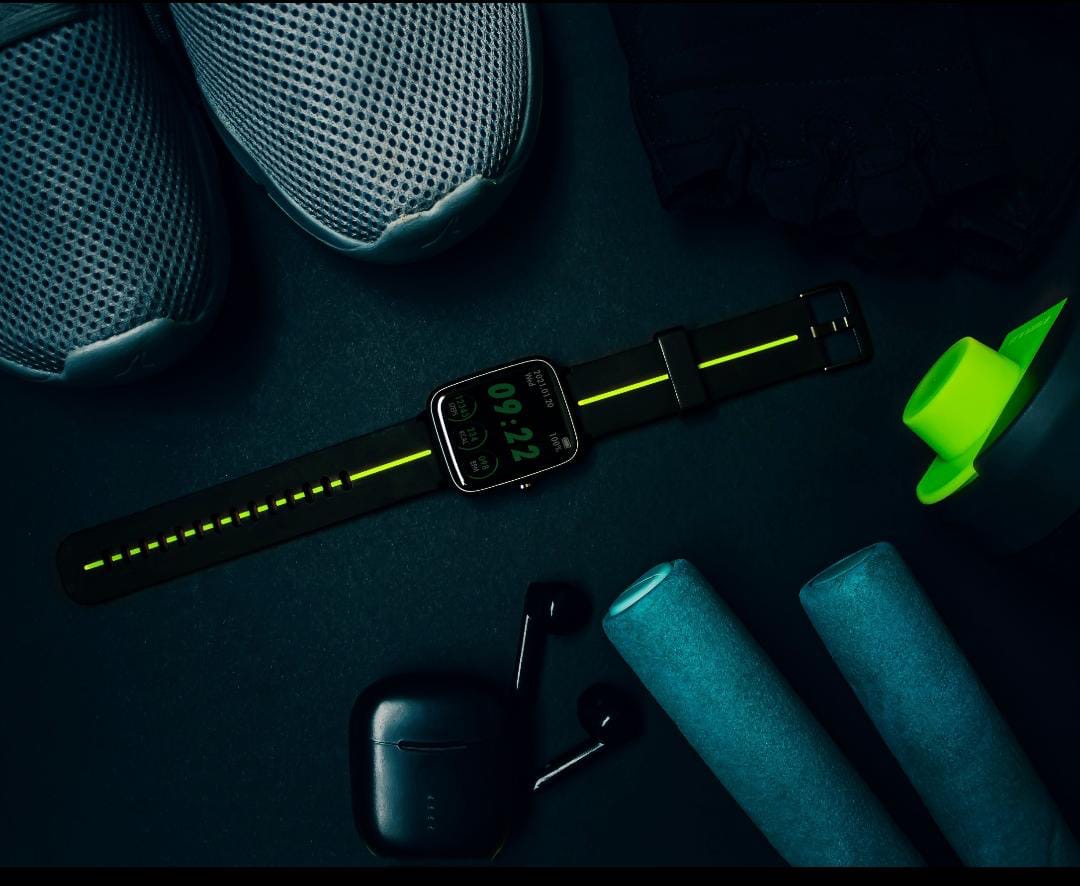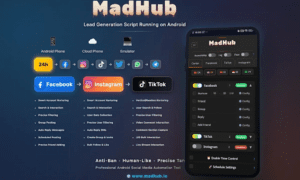From wall-mounted AI machines to app-driven resistance training, fitness is undergoing a high-tech transformation. Brands like Tonal, Vitruvian, and Speediance now offer sleek, screen-filled systems that promise to replace your gym and personal trainer. They boast features like adaptive resistance, virtual coaching, and real-time performance tracking, all without a single dumbbell in sight.
But as the fitness tech trend picks up speed, Strength & Conditioning Coach Corey Shader invites us to slow down and ask: Do these machines build strength—or just buzz?
What Smart Gym Equipment Can Do (and Can’t)
Smart machines and EGYM programs shine when it comes to structure, engagement, and data. They track reps, time under tension, rest periods, and form alignment—features that mimic a personal trainer’s watchful eye. For beginners or time-strapped users, that can be a game-changer.
But tech can’t teach you to feel a proper hinge or brace your core. These tools can sometimes create a false sense of mastery when users simply follow prompts without truly learning the movement. Corey Shader emphasizes that structured guidance is great, but progress requires awareness, not autopilot.
Corey Shader’s Grounded Take on Smart Fitness Machines
Fitness coach Corey Shader, known for his practical, long-term approach to fitness, believes that foundational strength training and basic movement skills are still the cornerstone of progress. Machines may guide your sessions but can’t replace good form, smart recovery, or knowing your body.
According to Shader, any tool—digital or analog—is only as effective as the habits and consistency behind it. For beginners, on-screen coaching and EGYM programs can build confidence and provide a sense of direction. But progress still depends on showing up, recovering well, fueling properly, and listening to your body. Building discipline is still up to you.
“These tools should complement your routine, not control it,” says Shader. “Smart resistance is cool, but there’s still real value in learning to move well, load properly, and understand the why behind your training.”
Smart Questions Before You Buy
Before investing in a high-end, smart machine, Shader recommends asking yourself:
- Do I understand basic strength training principles?
- Will this help me build a real routine or just entertain me?
- Am I replacing a system that already works?
Getting Results—With or Without High-Tech Tools
Let’s hear it once more: Results come from consistency, not complexity. Whether you train with a smart cable system or free weights in a garage gym, the key is to focus on form, progression, recovery, and mindset.
Corey Shader encourages clients to embrace tech but never entirely rely on it. “Let it guide you, but not define you. The smartest tool in the room is still your ability to commit and improve.”
About Corey Shader
Corey Shader is a Strength & Conditioning Coach based in Portland, working with fitness enthusiasts of all ages, from older adults staying active to teenagers starting their fitness journey. Corey Shader has four years of experience and specializes in strength training, injury prevention, and functional fitness, emphasizing consistency and smart recovery for long-term success. “Stay strong. Keep it simple.”





























